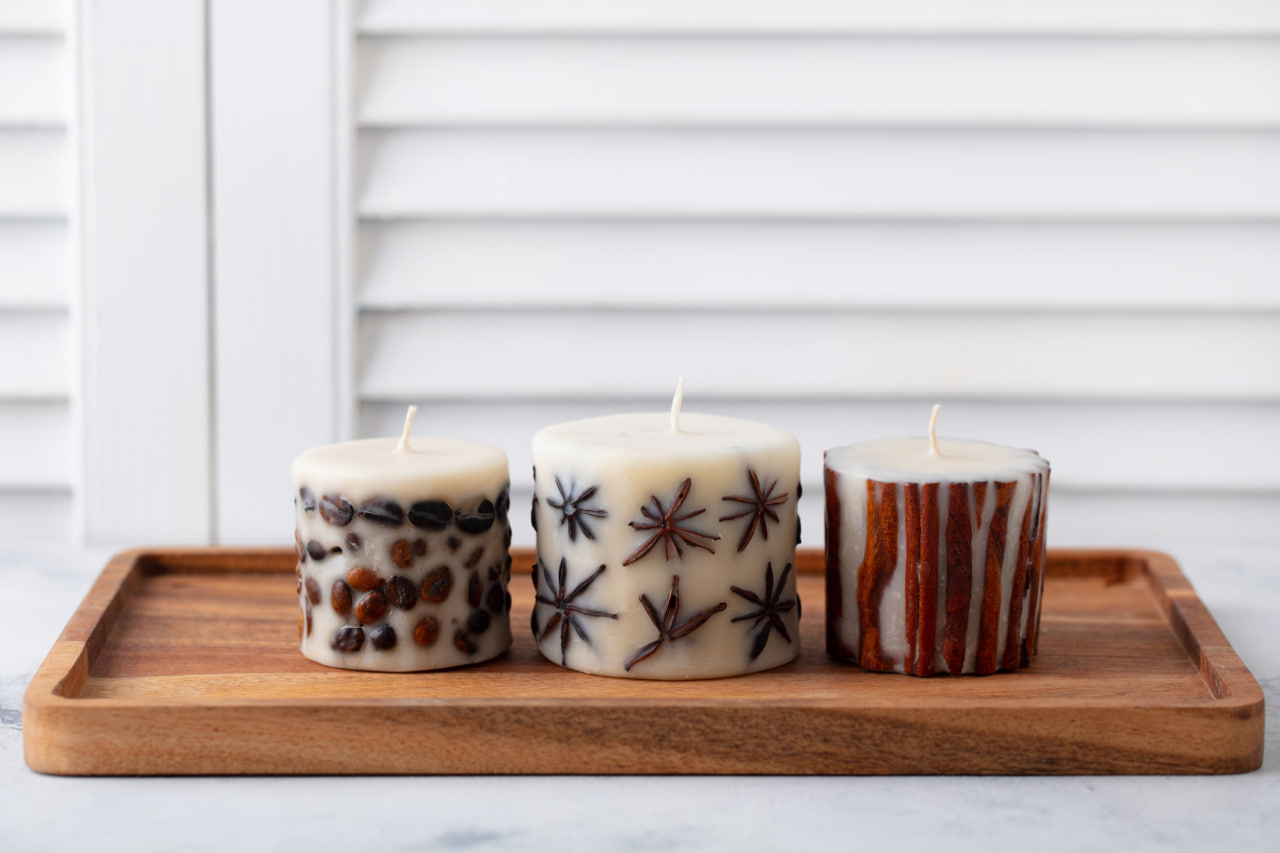
Turning a Hobby into a Business
Many people start making candles as a creative hobby and later realize the potential to turn their passion into a profitable business. Running a handmade candle business requires more than artistic skill; it involves understanding the market, developing a brand, and implementing effective sales strategies. Starting with a clear vision and purpose helps guide the process and ensures that your products appeal to the right audience.
Success in this field begins with identifying a niche. Some candle makers specialize in eco-friendly or natural wax candles, while others focus on luxury or decorative designs. Understanding what differentiates your products from mass-produced options helps establish a unique identity and attracts loyal customers. Your brand story, packaging, and presentation all contribute to how potential buyers perceive your candles and the value they place on them.
Planning and Setting Up Your Business
Before launching, it is essential to plan your operations carefully. Decide whether you want to operate from home, rent a small studio, or scale to a larger production space. Evaluate the costs of materials, equipment, and packaging, and set realistic financial goals. Budgeting for raw materials, labels, marketing, and unexpected expenses ensures that the business can operate sustainably.
Legal considerations are also important. Registering your business, obtaining necessary licenses, and understanding tax obligations create a solid foundation. Insurance may also be necessary to protect against potential accidents or liability issues. Compliance with safety standards, labeling requirements, and fire regulations is essential to build trust with customers and prevent legal complications.
Sourcing Quality Materials
High-quality materials are the backbone of a successful candle business. Sourcing reliable wax, wicks, fragrances, dyes, and containers ensures consistent product performance and customer satisfaction. Building relationships with suppliers helps guarantee timely delivery, access to new materials, and better pricing for bulk purchases.
Experimentation is part of the process. Testing different waxes and fragrance combinations allows you to discover the best performing products that meet both aesthetic and functional standards. Quality control at every step of production prevents defects and maintains the brand’s reputation. Paying attention to sustainability by selecting eco-friendly and responsibly sourced materials can also appeal to environmentally conscious consumers.
Branding and Marketing Strategies
A strong brand identity helps your candle business stand out in a competitive market. This includes a memorable logo, consistent packaging, and a clear brand story that communicates the uniqueness of your products. Visual presentation and branding reinforce the perceived value of your candles and attract the target audience.
Marketing strategies should combine both online and offline efforts. Social media platforms like Instagram, Pinterest, and TikTok are highly effective for showcasing visually appealing products. High-quality photographs, engaging videos, and storytelling about the creation process capture attention and build a community around your brand. Local markets, craft fairs, and pop-up shops provide opportunities to meet customers directly, gather feedback, and establish a personal connection.
Pricing and Profitability
Setting prices requires balancing production costs, perceived value, and market competition. Consider the cost of materials, labor, overhead, and marketing when determining pricing. Factor in the time invested in creating each candle and ensure that the price reflects the quality and craftsmanship. Competitive research helps identify pricing standards in your niche while maintaining profitability.
Offering bundles, seasonal collections, or subscription services can increase revenue and attract repeat customers. Promotions and discounts should be used strategically to reward loyalty without devaluing the products. Regularly reviewing pricing and cost structures ensures the business remains sustainable as it grows.
Customer Experience and Retention
Customer experience is critical for long-term success. Clear communication, responsive support, and personalized touches create trust and loyalty. Packaging that protects the candle and looks appealing enhances the unboxing experience, making the product feel special.
Collecting customer feedback helps refine products, address issues, and maintain quality standards. Loyalty programs, email newsletters, and exclusive offers encourage repeat business and strengthen the relationship between brand and customer. Engaging with customers through social media or community events reinforces brand presence and builds a supportive network around your business.
Scaling and Growth Opportunities
Once established, scaling a handmade candle business involves expanding product lines, reaching new markets, and exploring wholesale or retail partnerships. Collaborating with boutiques, gift shops, or wellness stores provides additional revenue streams. Offering workshops or online courses can diversify income while sharing your expertise.
Investing in production efficiency without compromising quality is key to sustainable growth. Streamlining processes, standardizing recipes, and delegating tasks allow for higher output while maintaining brand standards. Staying informed about market trends, seasonal demands, and consumer preferences ensures that the business remains competitive and innovative in the long term.
